[10:30]
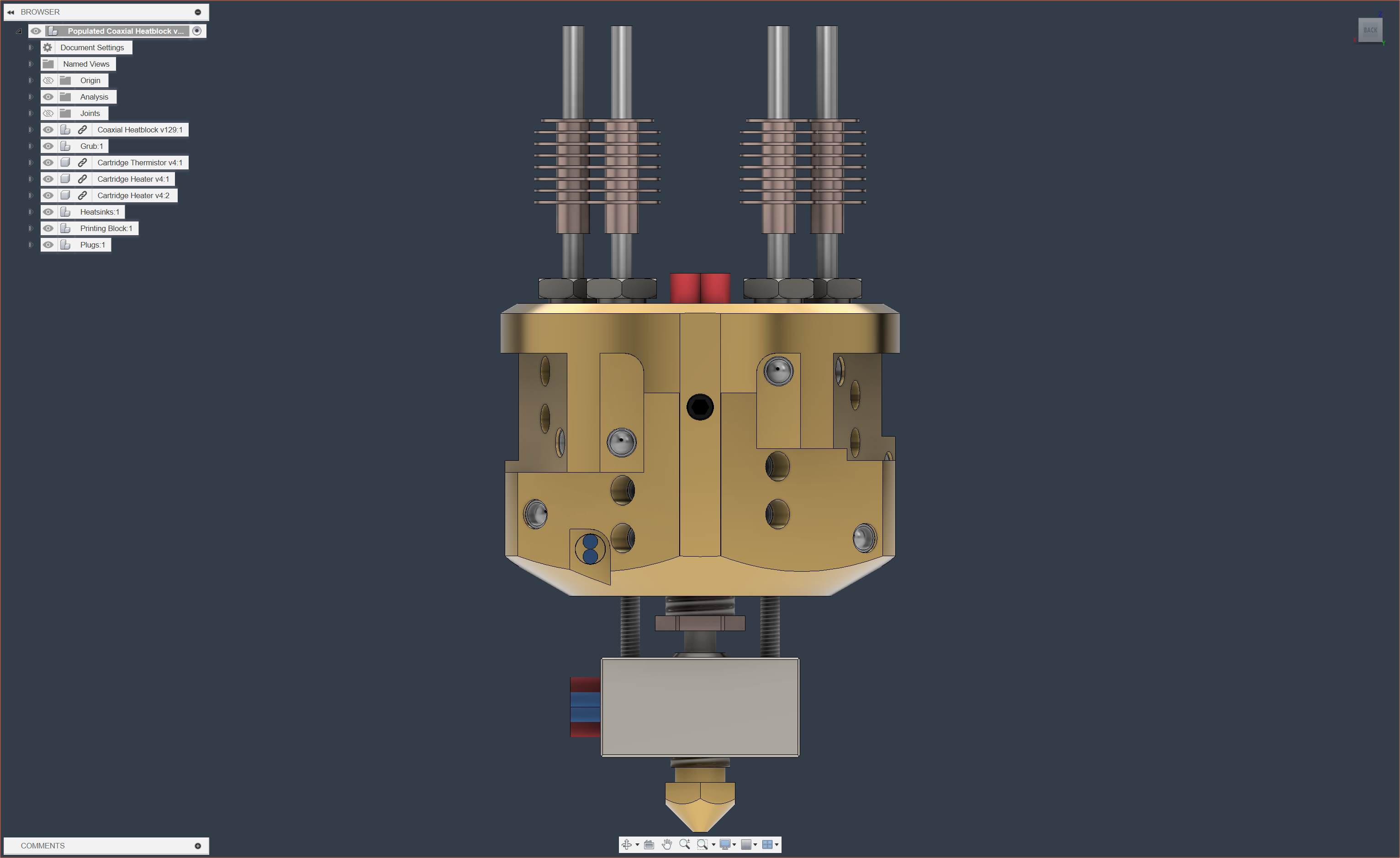
The max diameter of the hex on the heatbreak model I found on GrabCAD was 8.1mm, so that meant I needed to increase the distance between them to 8.25mm. It's a small change but seems to have had a large visual difference on the faces of the coaxial block.
Additionally, since the entire length from the bottom of the threads to the bottom of the hex is 4mm, I needed to reduce the M6 thread depth to 3.5mm to ensure that the hex didn't interfere with sealing.
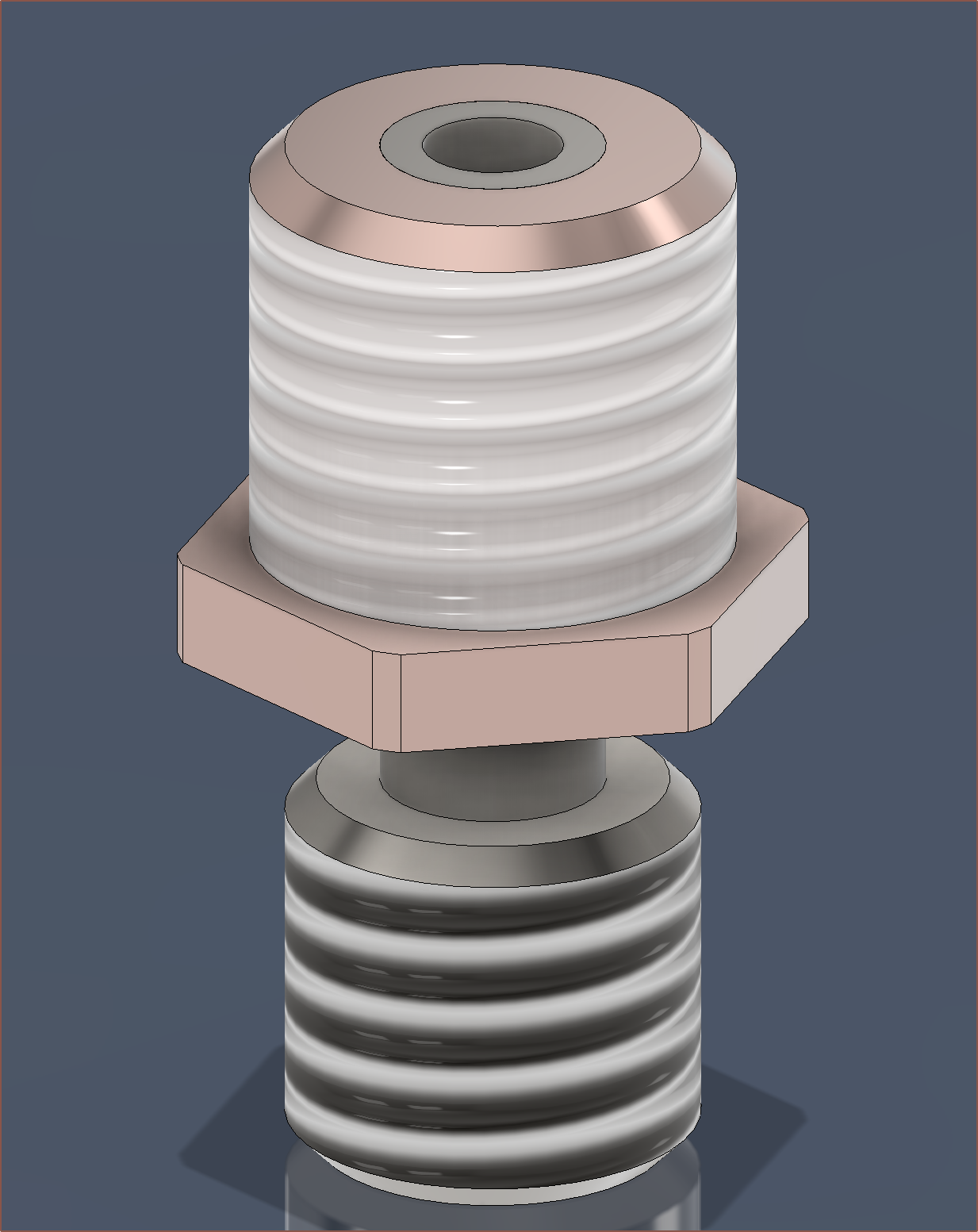
I was unconvinced that I'd get enough thermal seperation using the volcano nozzle, so I modelled up the E3D V6 bimetal heatbreak and then digitally milled the thread down to 6mm to be similar to a V6 nozzle. The thread in the heatblock is still only 4mm, resuliting in a height of 29.4mm. I'm not sure if I should increase it back to 5mm or reduce the heatbreak thread to 5mm, but I'm leading towards the first option as it sounds more durable. This all assumes that the heatbreak components are glued in, because if they're mechanically held together further up the copper section, this strategy isn't exactly going to work.
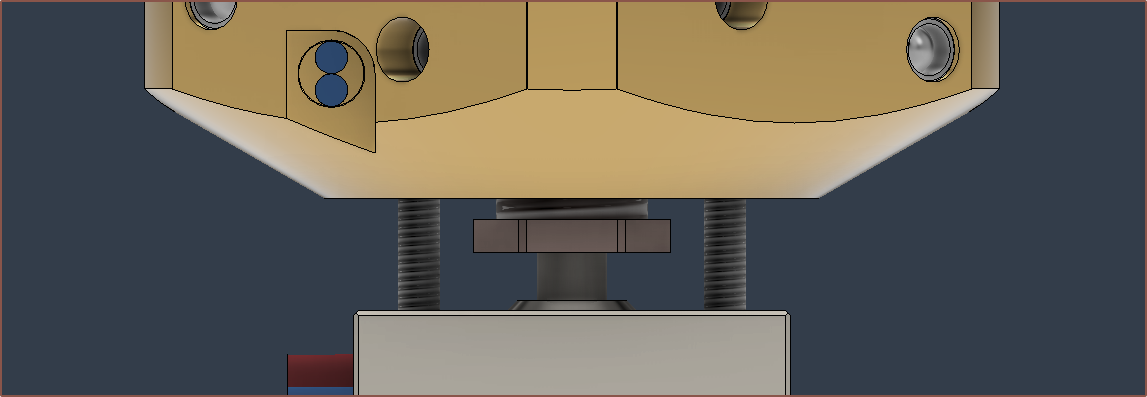
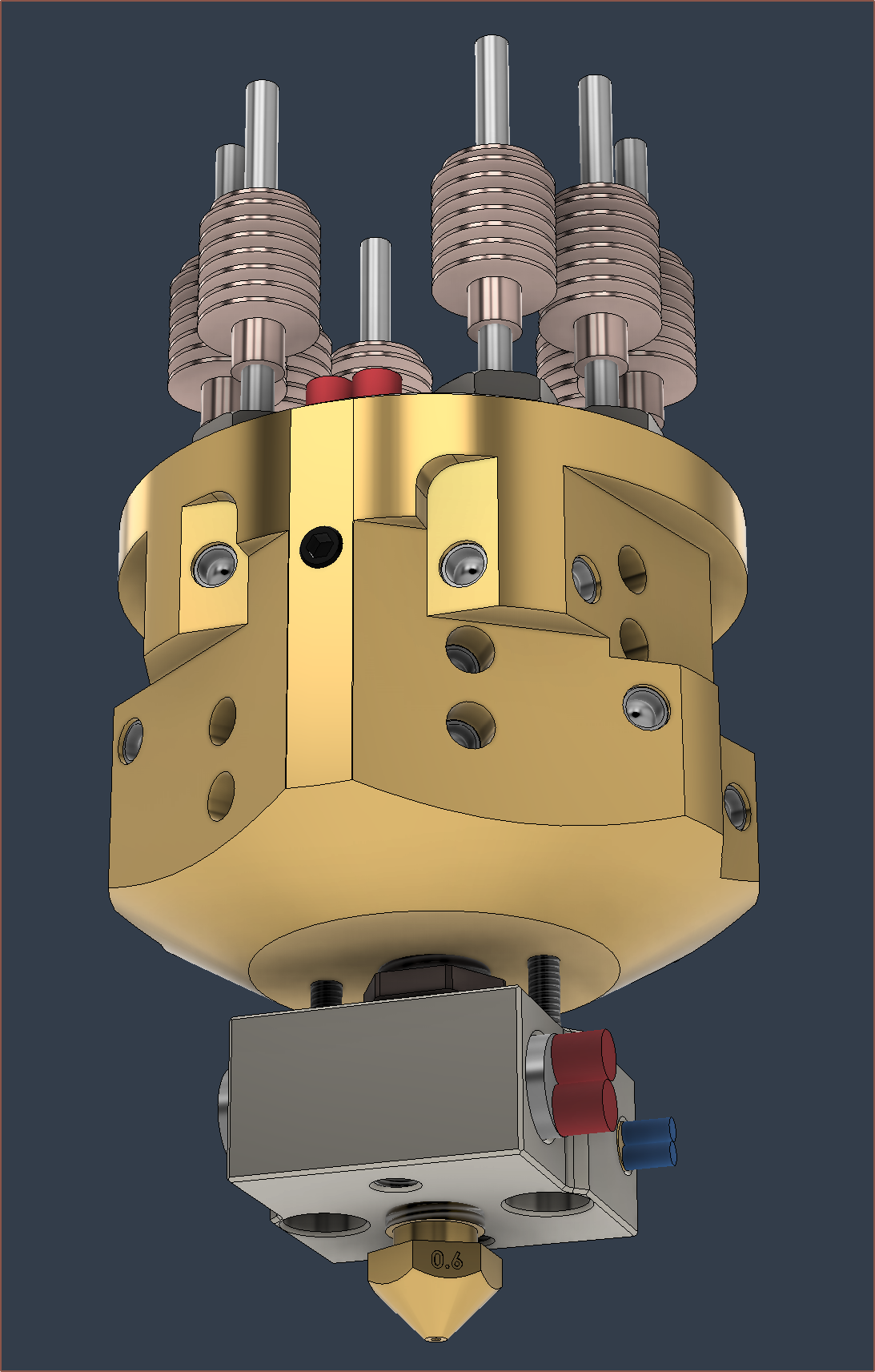 Fusion says that the bounding box is about 40x40x81mm and that the mass is 307g.
Fusion says that the bounding box is about 40x40x81mm and that the mass is 307g.[11:45]
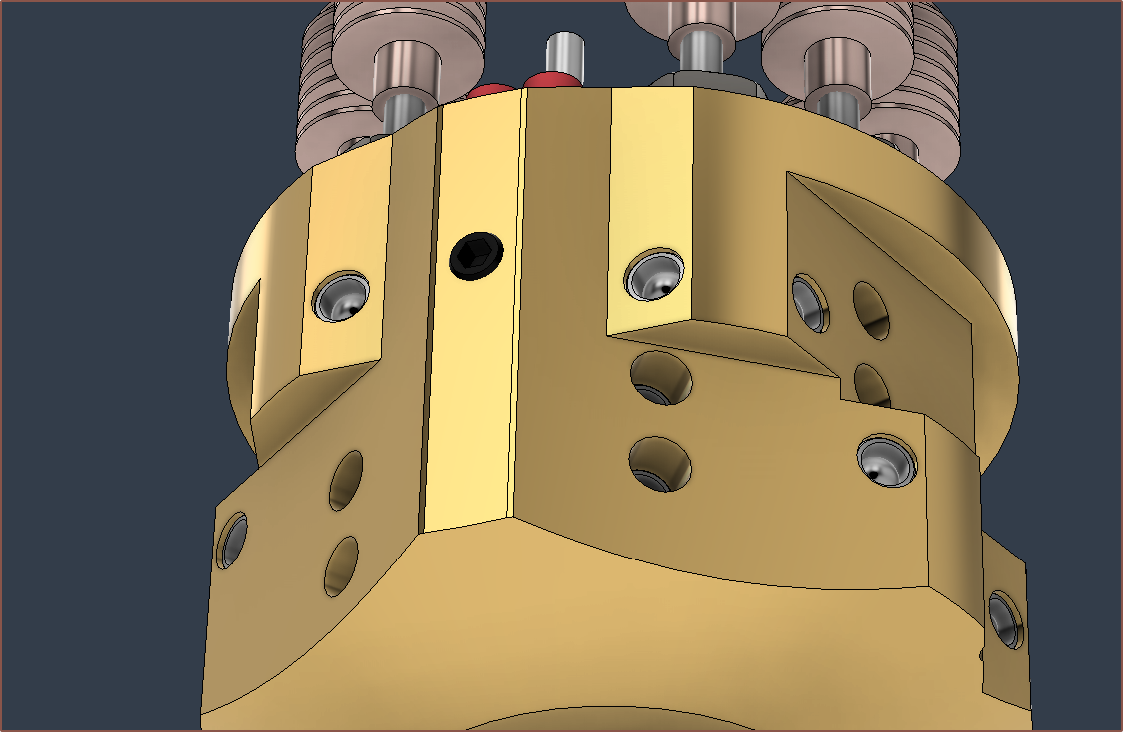
I've had this idea to remove some material from the front, allowing the CNC to use a much larger end mill for planing the faces.
 kelvinA
kelvinA
Discussions
Become a Hackaday.io Member
Create an account to leave a comment. Already have an account? Log In.